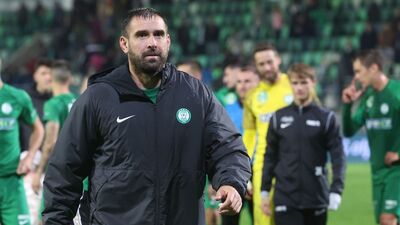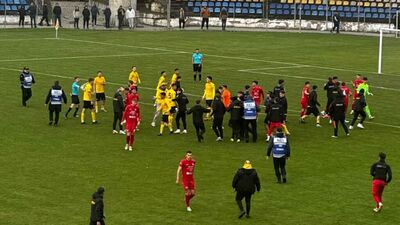Üzent a kórházból a magyar futball egyik legnagyobb legendája

Nyilasi Tibor a napokban életmentő szívműtéten esett át.

Soccer may be an import, as is our entire nonaboriginal population, but it’s well on its way to becoming as American as pizza, tacos, and French fries.
„Soccer may be an import, as is our entire nonaboriginal population, but it’s well on its way to becoming as American as pizza, tacos, and French fries. (And motherhood: Sarah Palin notwithstanding, “soccer moms”—a term introduced to the political world in 1996, by a Republican consultant—are the proverbial key demographic.) Of course, soccer has its challenges here, many of them owing to its relative newness in the arena of American commerce. The enthusiasm of toddlers and post-toddlers is all very well, but, if that were enough to do the trick, Nike would have a division devoted to dodgeball. Compared with its established rivals, big-time soccer is ill suited to televisual exploitation. The game’s continuous, almost uninterrupted flow of action denies it a steady supply of intervals for the advertising of beer and the fetching of same from the refrigerator.
The expedient of selling space on the players’ bodies—plastering their uniforms with corporate logos from neck to navel—is less than fully satisfactory. Also, the soccer pitch is vaster than the gridiron or the diamond, and the choreography of the game demands the widest of angles. On TV, the players are tiny—a problem for those as yet unequipped with enormous high-def flat screens. Do Americans hate soccer? Well, some of us dislike it immoderately—not so much the game itself as what it is taken to represent. This spring, anti-soccer grumbling on the political right spiked as sharply as the sale of those great big TVs.”











